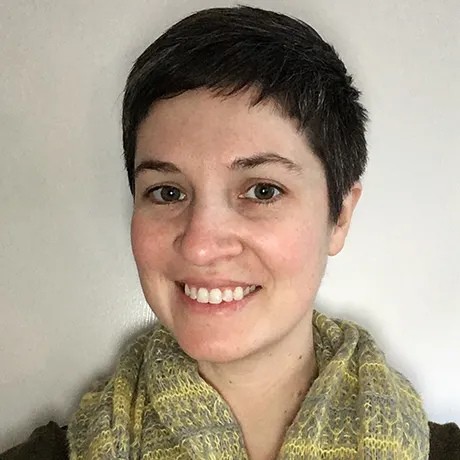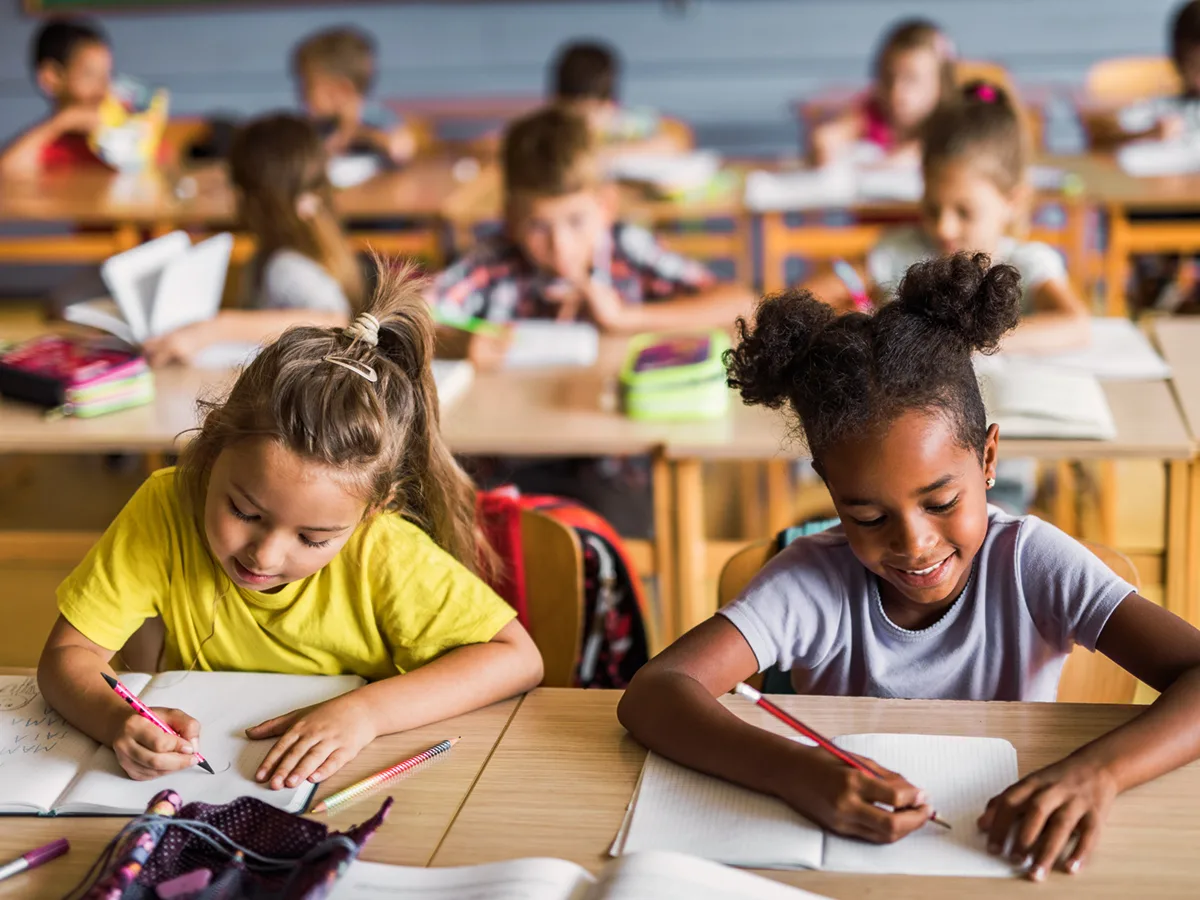What are learning disabilities?

Expert reviewed by Ellen Braaten, PhD

At a glance
Learning disabilities are challenges with reading, writing, and math.
Between 5 and 15 percent of people have a learning disability.
People don’t outgrow learning disabilities, but there are strategies and supports that can help.
Learning disabilities are lifelong challenges with reading, writing, and math. They can impact people at school, at work, and in everyday life.
Between 5 and 15 percent of people have a learning disability. Some people struggle in only one area. But it’s common to struggle in more than one.
Learning disabilities are caused by biological differences. Research shows that brain structure and function are different in people who have learning disabilities. Heredity also plays a role. Learning disabilities run in families.
Learning disabilities are real. People who have them aren’t “just being lazy.” And learning disabilities are not related to intelligence.
You may hear learning disabilities called learning disorders or specific learning disabilities. You may also hear terms that refer to a specific type of learning disability, like or .
People don’t outgrow most learning disabilities. But there are strategies, supports, and teaching approaches that can help people with learning disabilities thrive.
Dive deeper
Signs of learning disabilities
The signs depend on what the learning disability is. Signs can look different at various ages and in different people. And not everyone has the same level of difficulty.
You may also see signs that aren’t directly related to skills. People with learning disabilities are more likely to develop anxiety or low self-esteem. Kids may try to cover up their challenges by acting out at school or at home. And people of all ages may avoid tasks they struggle with.
Learn about signs of dyslexia.
Learn about signs of dyscalculia.
Learn about signs of written expression disorder.
Causes of learning disabilities
Researchers don’t know exactly what causes learning disabilities. But they do know that genes and brain differences play a role.
Learning disabilities run in families. People are 4 to 10 times as likely to have a learning disability if they have a parent or sibling with a learning disability. Researchers have found multiple genes that may play a role.
Learn about brain imaging studies that have shown brain differences between people with and without learning disabilities.
How learning disabilities are diagnosed
The only way to know for sure if someone has a learning disability is through an evaluation. These can happen at school or privately.
There are a few types of professionals who can assess people for learning disabilities. These include school psychologists, clinical psychologists, and neuropsychologists.
An evaluation will look for specific strengths and challenges in reading, writing, and math skills.
Learn more about evaluations for learning disabilities.
Next steps
It’s important to know that there are teaching approaches and strategies that can help build these skills. Having a diagnosis (schools call it an identification) can lead to supports and services for kids at school. Adults with learning disabilities may get accommodations at work.
Having the right help and supports lets people with learning disabilities thrive in school, at work, and in their communities.
Parents and caregivers: Find out how to request a free school evaluation.
Educators: Explore common accommodations and modifications used at school.
Adults and employers: Learn about workplace accommodations.
